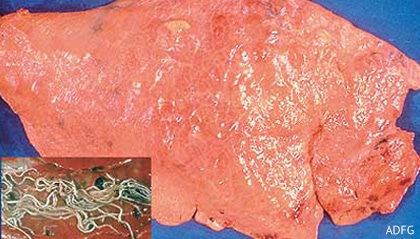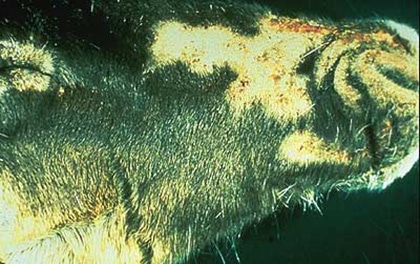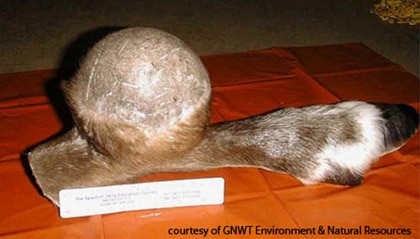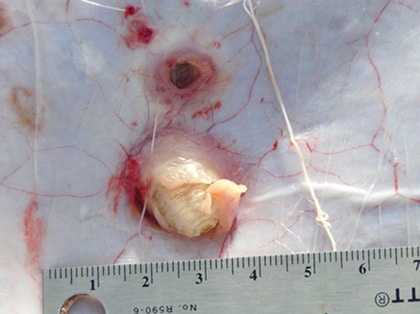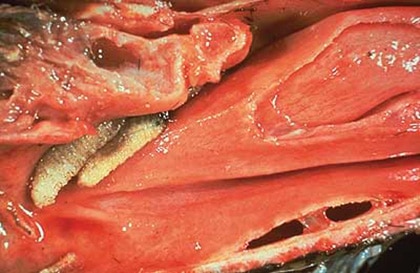It is important to understand and monitor the overall health and survival rate of the herd. The condition of individual animals, any diseases or outbreaks, and predators that kill caribou can all contribute to herd health.
Health
Body Condition
Each year, hunters are asked to take samples from some of the caribou they harvest in the fall and measure the amount of fat on the animals. Observations from hunters and other people on the land are also collected and incorporated into monitoring efforts. This helps to estimate the overall health of animals in the Porcupine Caribou herd.
Diseases and Parasites
Parasites and diseases are a natural part of any wildlife population. However, if there is a change in the frequency of occurrence or if the environment changes, the effects of these parasites and diseases may become more important to the caribou. If you are harvesting caribou and you see anything odd, carefully take a sample (wear gloves if you can) and keep it cool or frozen. Contact your regional biologist or conservation officer and they will help get it tested.
Tapeworms
Caribou can act as hosts to different types of tapeworm larvae. The larvae will grow in cysts in the caribou, but won’t kill them. However, if a wolf or dog eats the cysts, the larvae will grow into tapeworms inside them. The worm’s eggs are then passed through the animal’s feces. If humans come in contact with the eggs, either through handling of feces or drinking contaminated water, the eggs can hatch and a tapeworm will grow inside of them and pose serious health risks.
Here are three common types of tapeworms larvae found in porcupine caribou:
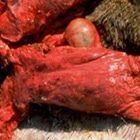
Echinococcus granulosis
Cysts found in the lungs of caribou.
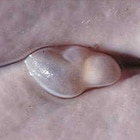
Taenia hydatigena
Cysts found in the livers of caribou.
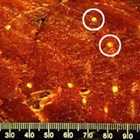
Taenia krabbei
Cysts found in the muscles and hearts of caribou.
Contaminants
Contaminants are not a significant problem for Porcupine Caribou or humans who consume them. For more information visit the Arctic Caribou and Moose Contaminant Monitoring Program website.

